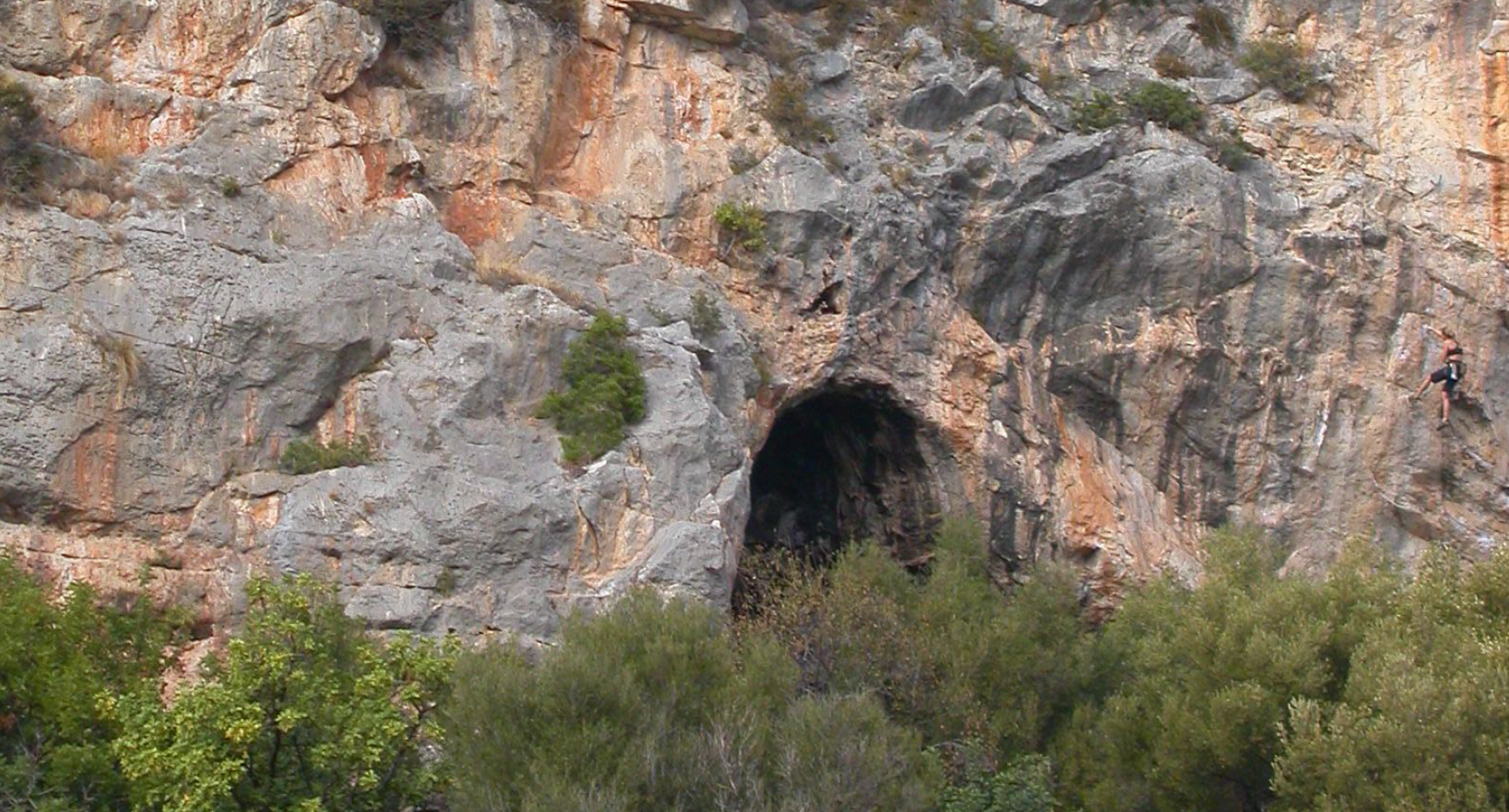Neanderthals glued their tools together [View all]
The 55,000- to 40,000-year-old stone tools still carry traces of resin adhesive.
KIONA N. SMITH - 7/2/2019, 10:05 AM

Neanderthals lived in Grotta di Sant'Agostino between 55,000 and 40,000 years ago.
Degano et al. 2019
Neanderthals glued their stone tools into place on wooden handles, a new study suggests. Archaeologists found chemical traces of pine resin on 10 stone tools from Grotta del Fossellone and Grotta di Sant’Agostino, on the western coast of central Italy. That’s pretty solid evidence that Neanderthals living in Italy were hafting their stone tools and securing them in place with resin between 55,000 and 40,000 years ago—long before Homo sapiens set foot in Europe.
Getting a grip on stone tools
For around three million years, hominins had been shaping various cutting, pounding, and scraping tools out of stone, but something was still missing. Imagine trying to skin and butcher a deer using a knife with no handle, and you’ve got life for most of hominin history. Hafting tools was a major improvement.
Typically, hafting a stone tool involves fitting it into a notch or slot in a wooden handle; the tool-maker might then lash it into place with tightly wrapped sinews or plant fibers. But people also use tree resin or pitch as a glue to help hold the tool in place.
“Once softened, the resin is pliable and can be pushed into position in the haft and around the stone tool with a pointed stick,” wrote University of Pisa chemist Ilaria Degano and her colleagues. “The resin then sets again and hardens as it cools down, keeping the stone in place.” That’s how modern hunter-gatherers do it, and archaeological evidence suggests that humans—and Neanderthals—have been doing it for at least 200,000 years. In a previous study, a team of archaeologists identified the chemical signature of birch bark pitch on two stone flakes from a site in central Italy that had the bones of a young elephant nearby.
More:
https://arstechnica.com/science/2019/07/neanderthals-glued-their-tools-together/
